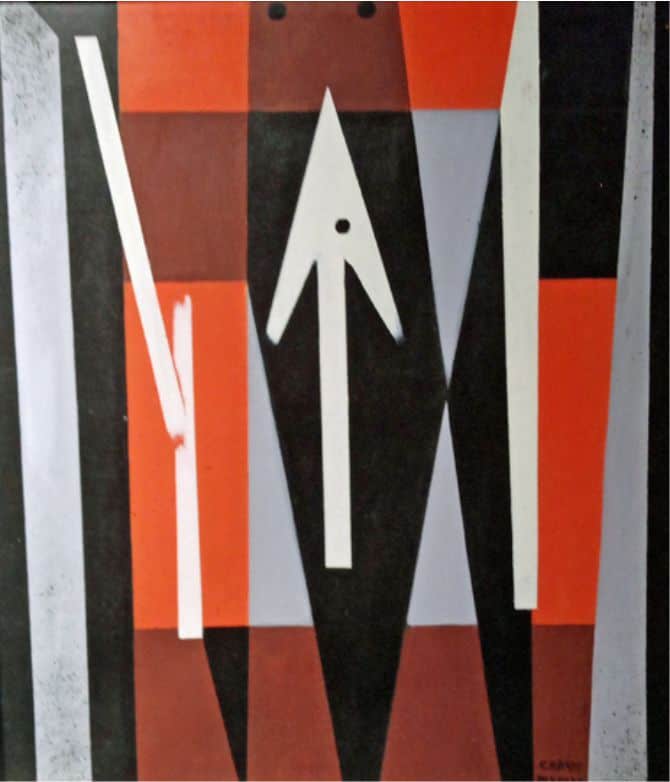In 1910, at the age of 19, Mérida presented work in his first art exhibition. That same year, he moved to Paris, where he lived for four years and met and worked with Pablo Picasso, Piet Mondrian, and Amedeo Modigliani, as well as several prominent Latin American artists residing in Europe at that time.

In 1919, Mérida returned to Latin America and lived in Mexico as the Mexican Revolution drew to an end. There, he worked with Diego Rivera and Rufino Tamayo. Mérida’s extensive and varied body of work fused aspects of Surrealism, Muralism, Cubism, and European Modernism with elements of pre-Columbian Mayan culture. He was known for integrating figurative elements into his abstract art, such as colorful organic and geometric representations of clusters of people, and employed a variety of media, including watercolor, oil, gouache and pencil, and parchment and plastic.